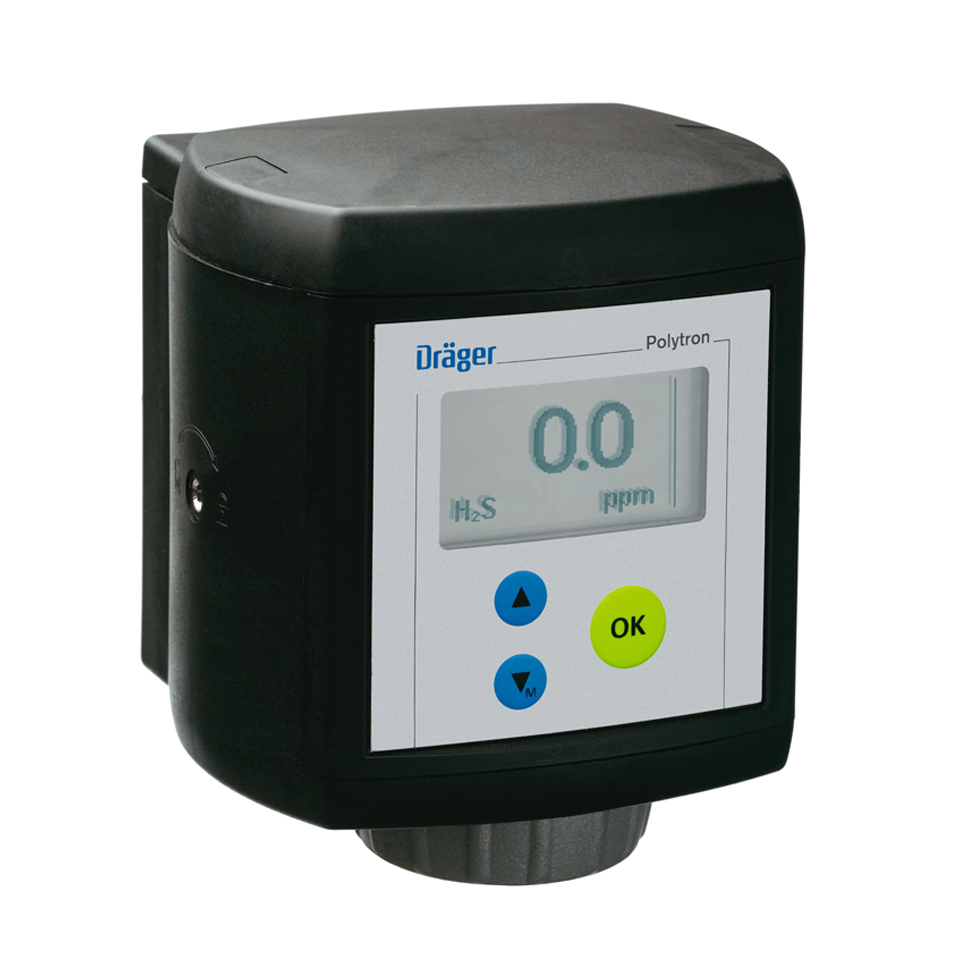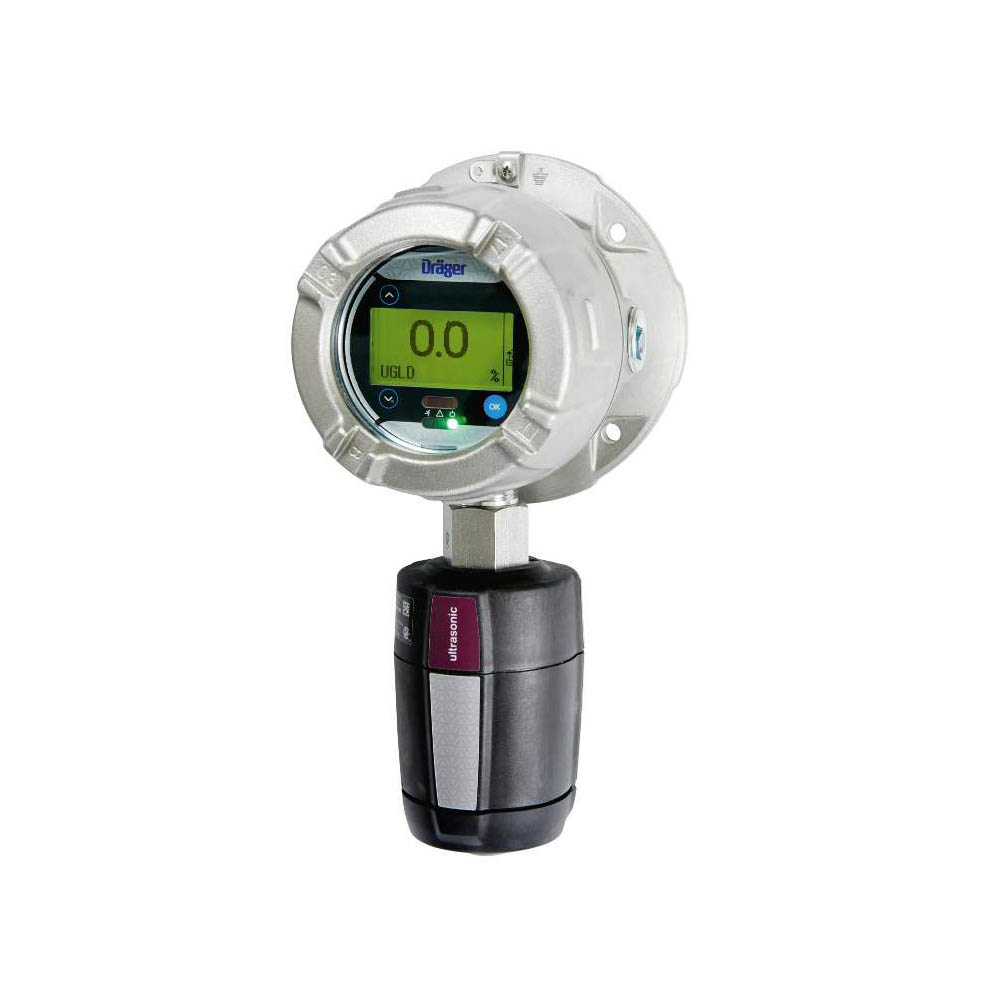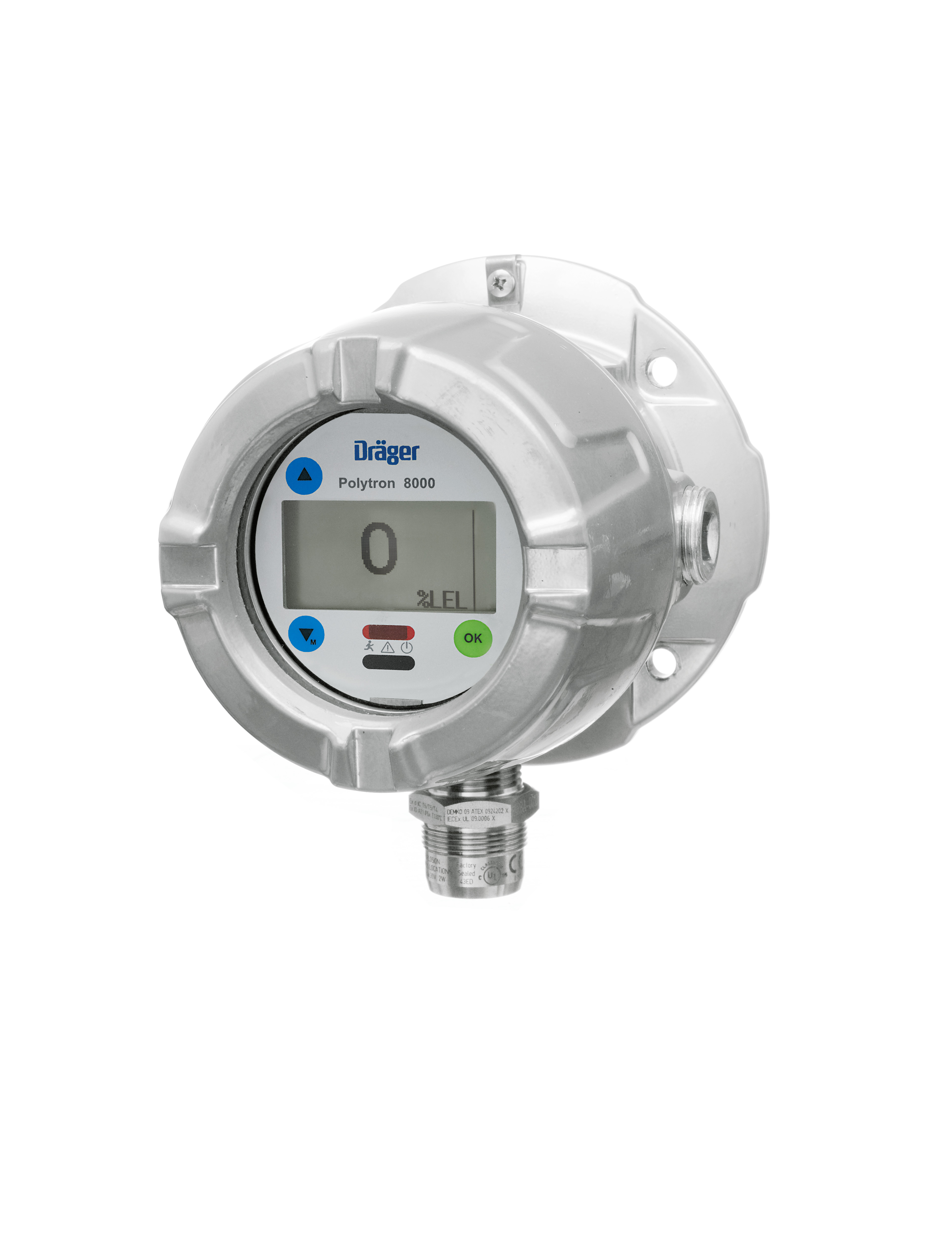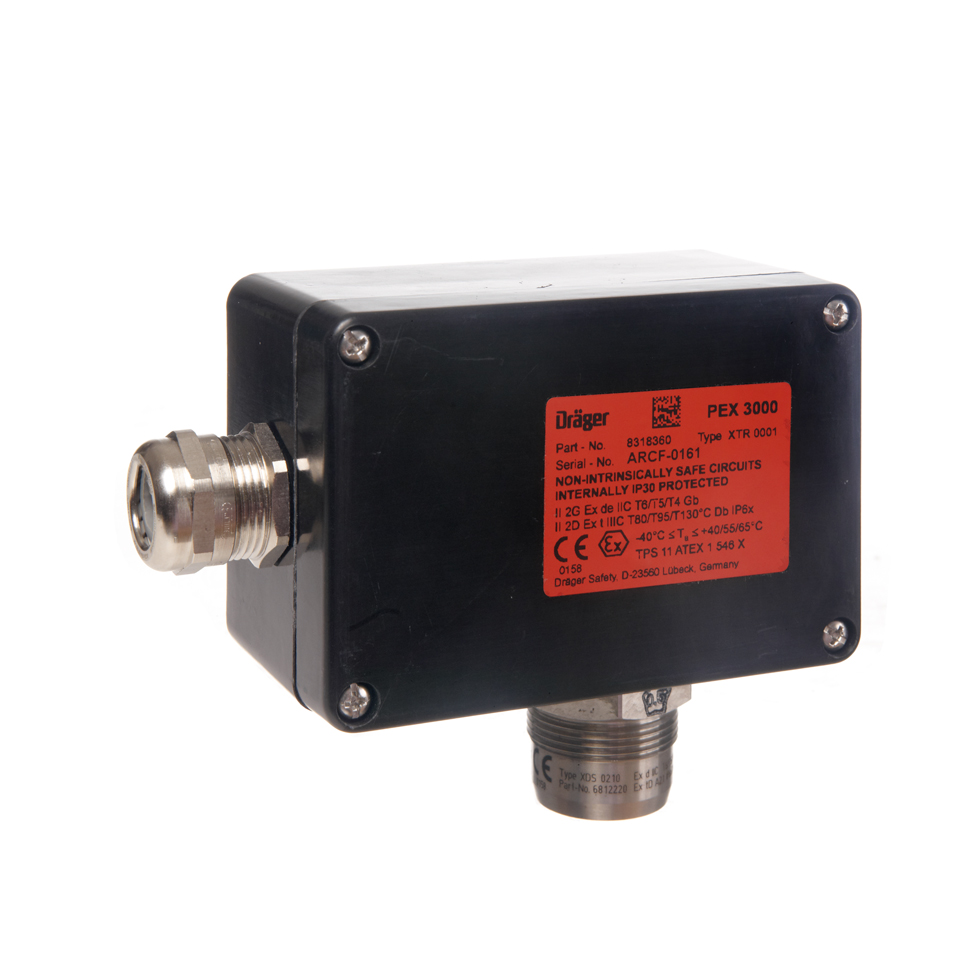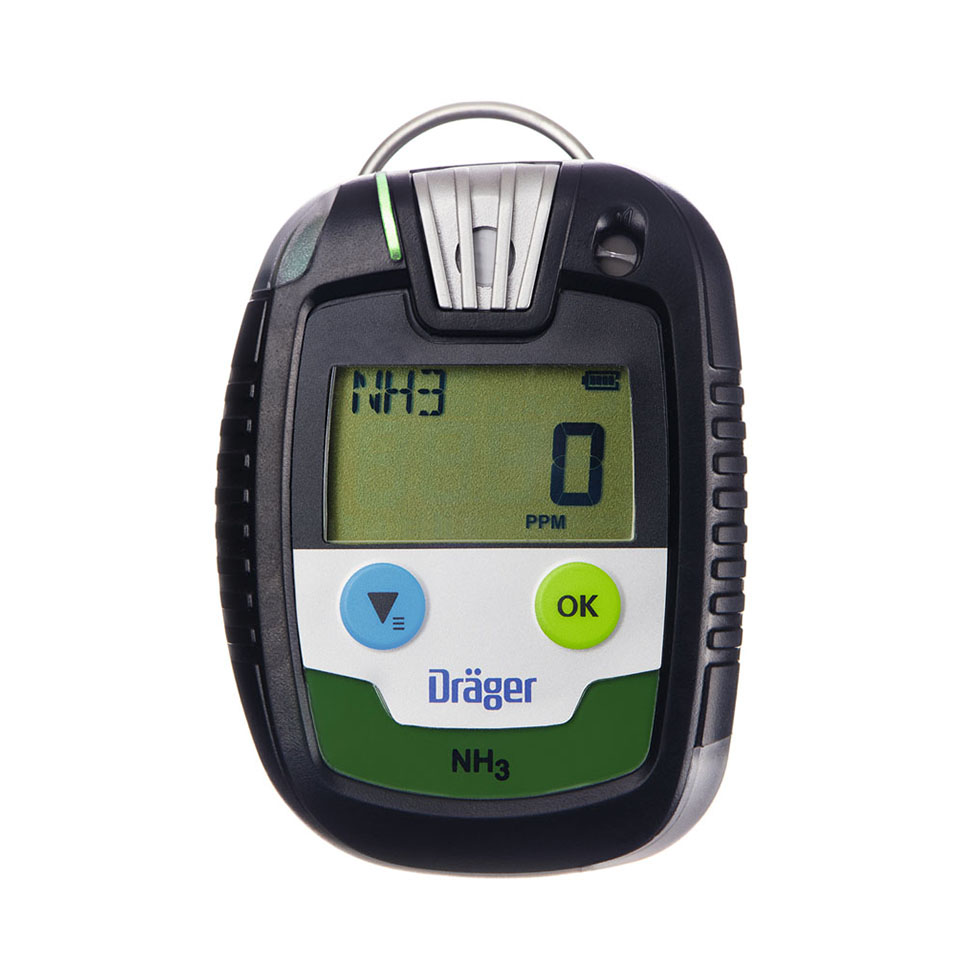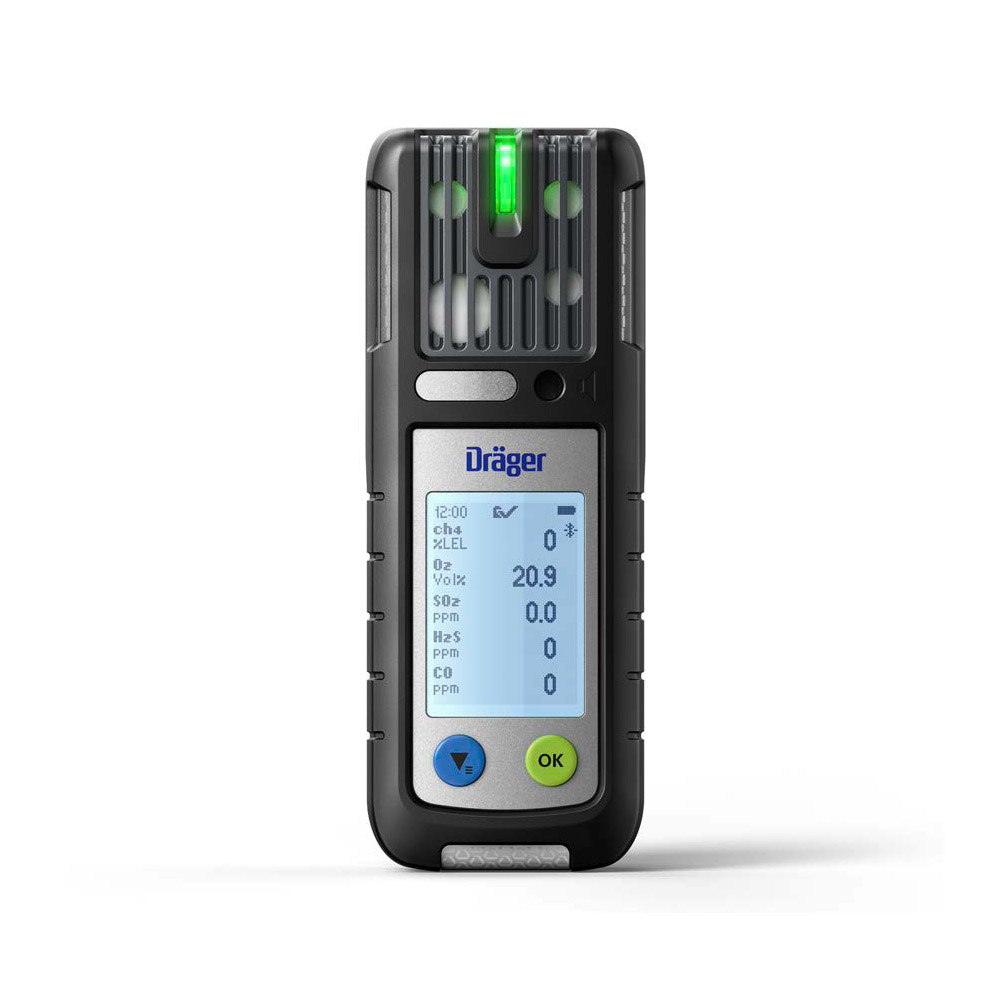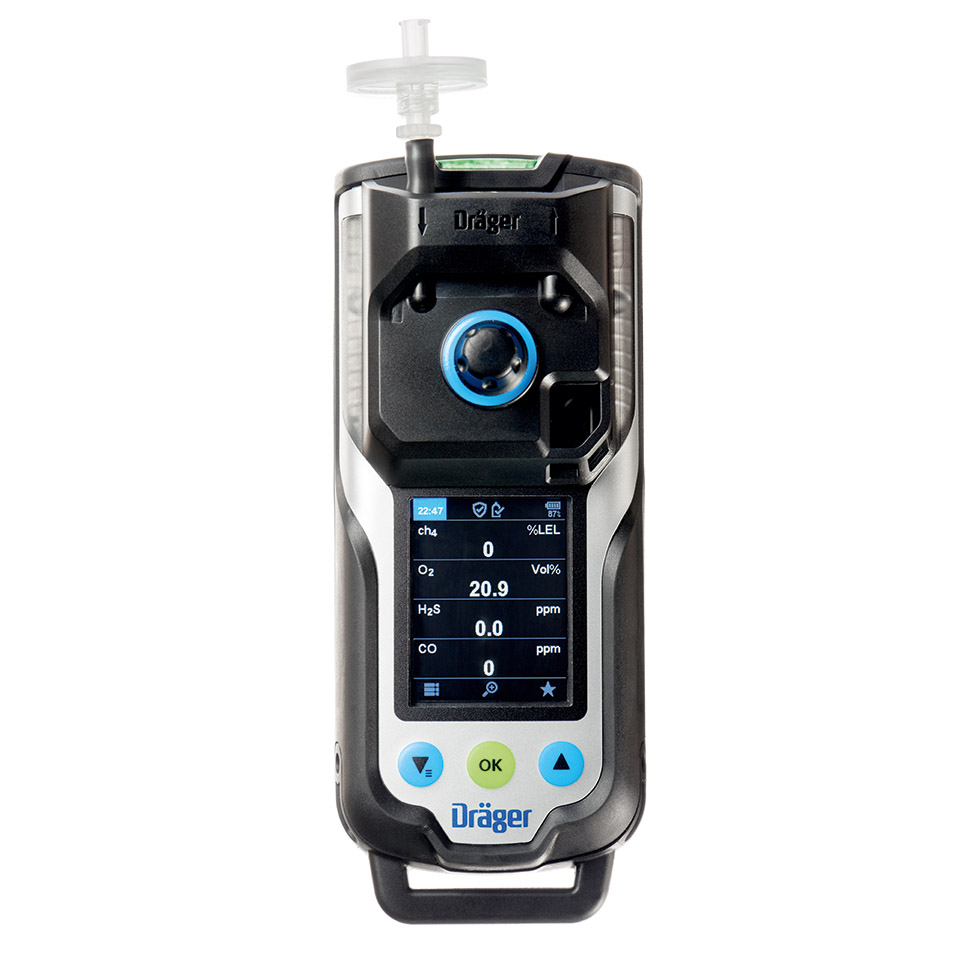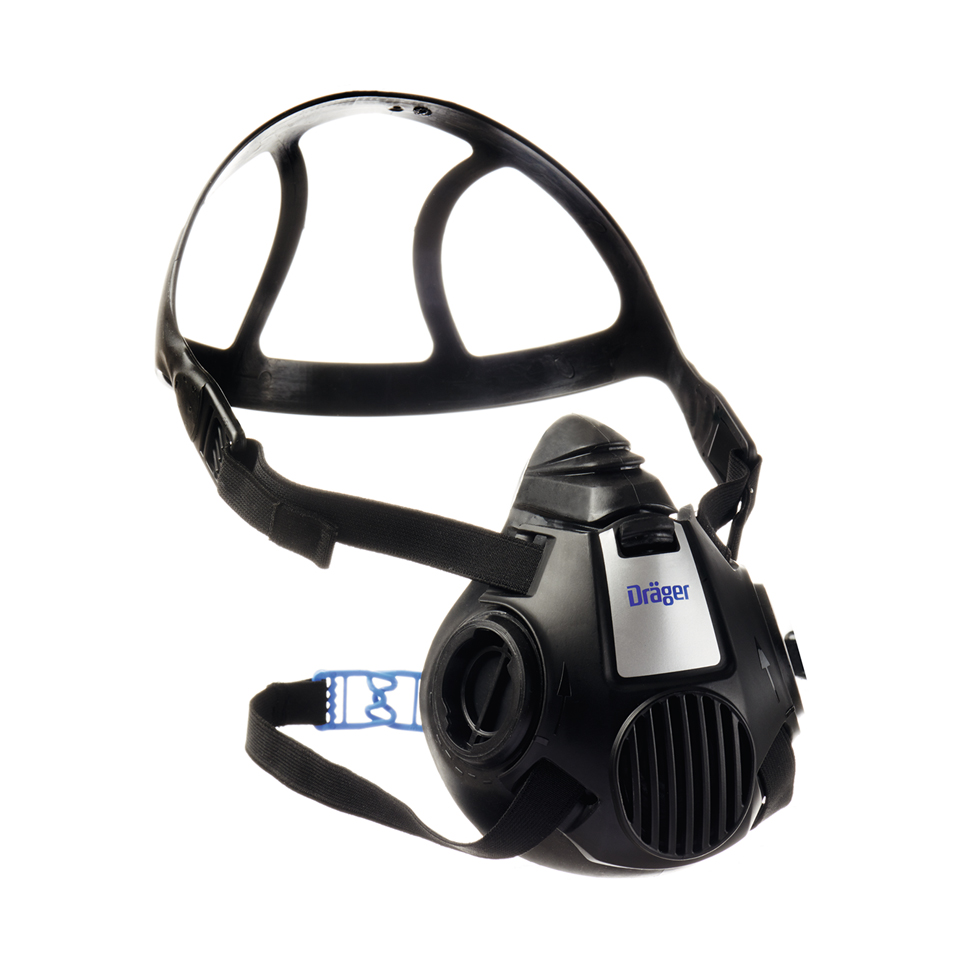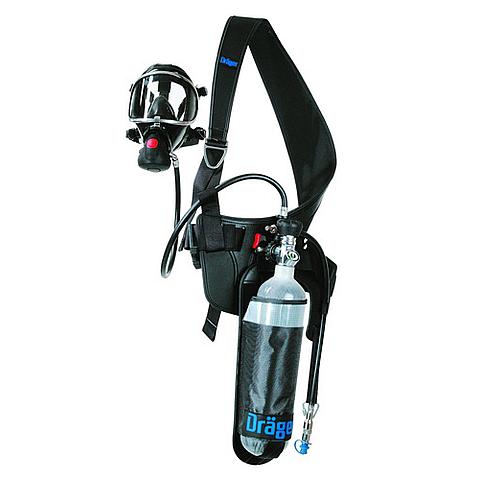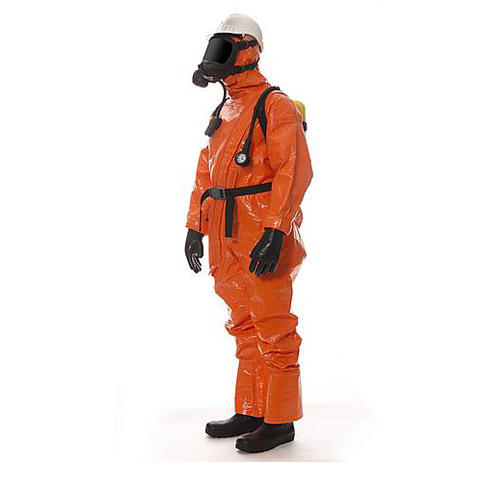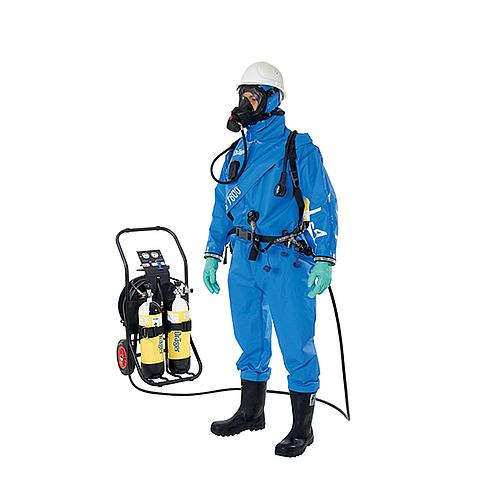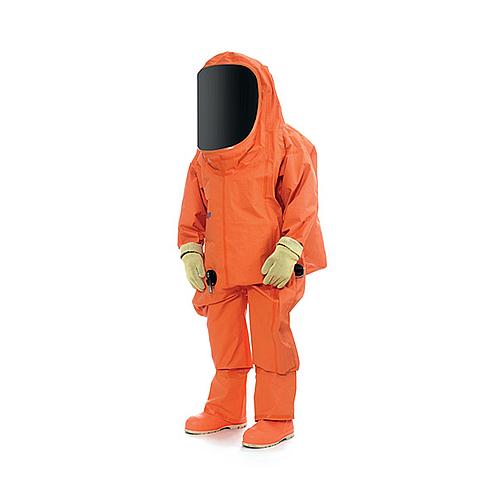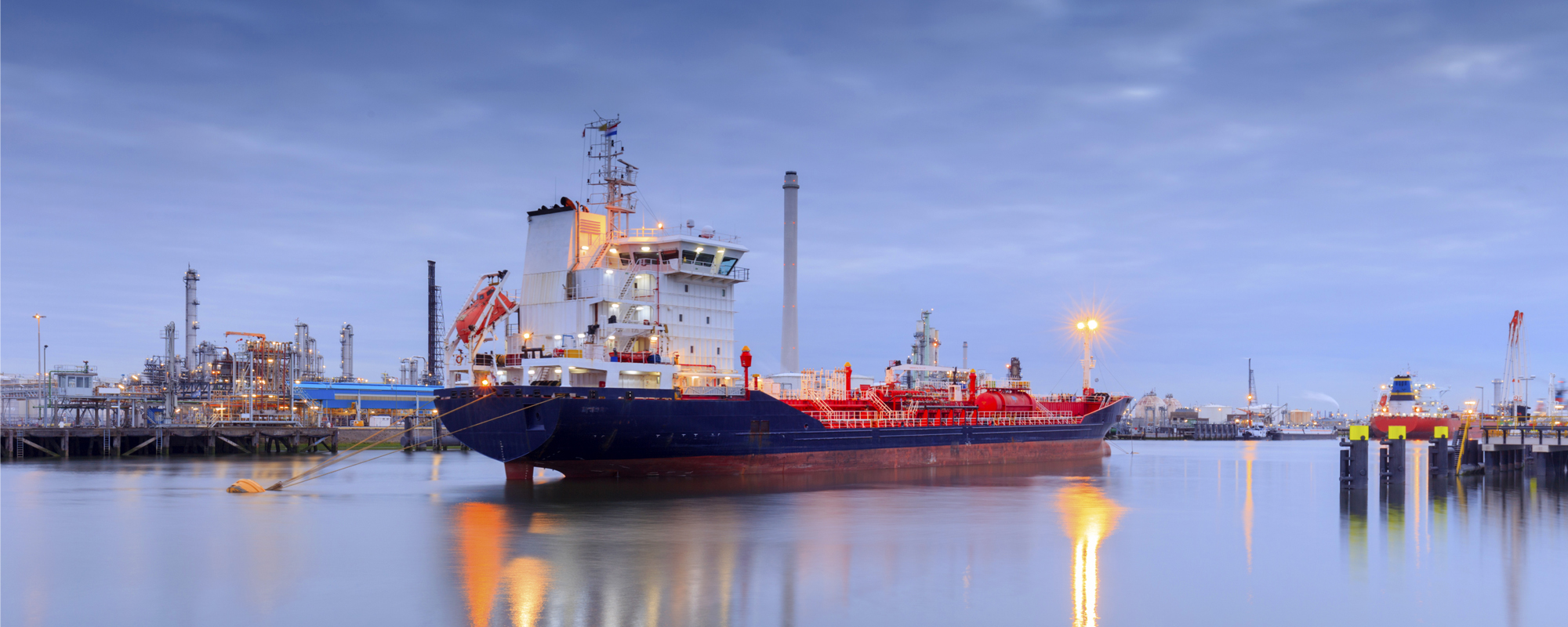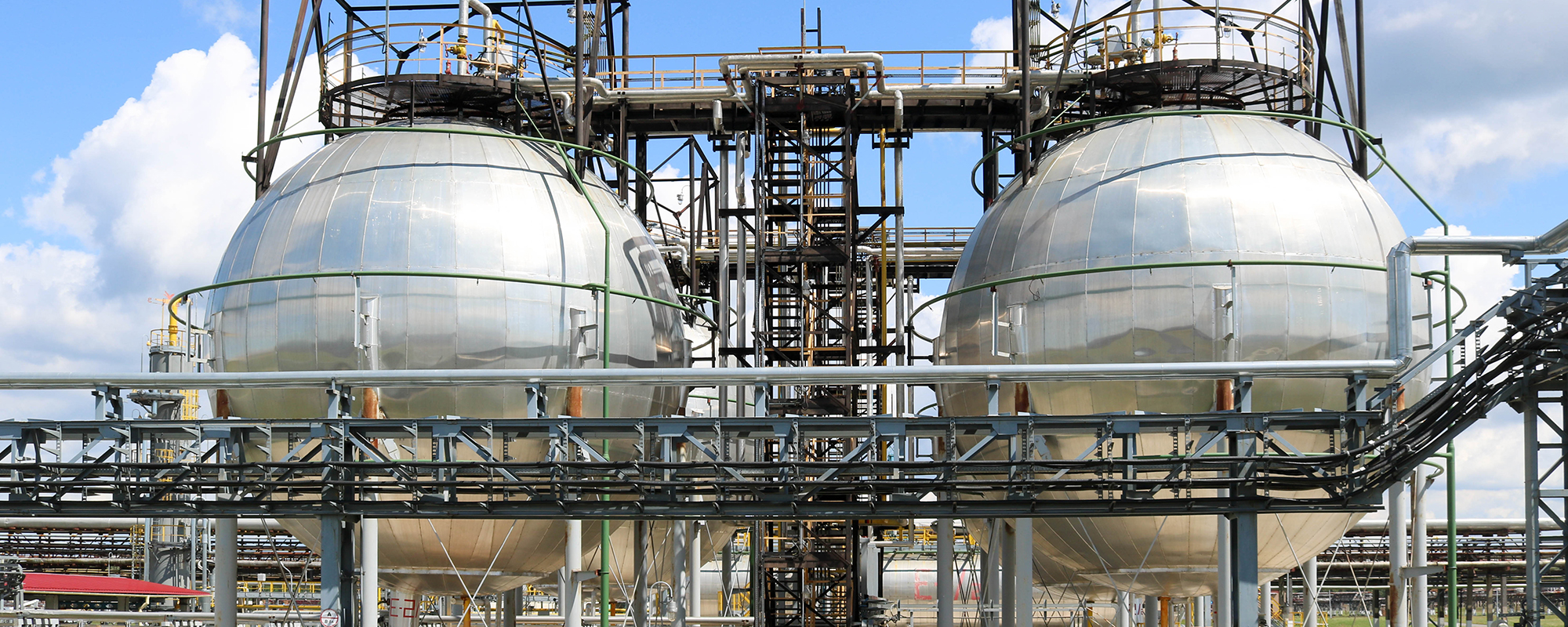
Ammonia -
Zero Carbon Fuel
Contact usAmmonia Safety for Use in Zero-Carbon Energy
Ammonia is key to clean energy solutions, offering great promise for sustainable energy systems. As the use of ammonia expands, it's vital to address the inherent hazards associated with its handling. Highly toxic and flammable, requiring strict safety protocols to protect both people and the environment. Dräger, with extensive experience in ammonia safety, is your go-to partner for mitigating ammonia-related hazards. We provide expert guidance and robust safety solutions, ensuring that your operations are both safe and sustainable.
Ammonia Hazards
Ammonia is flammable gas and can form flammable or potentially explosive compounds in dry air when in gaseous state.
Additionally, ammonia is a respiratory poison that has a strong irritating and corrosive effect - in gaseous state, but mainly in liquid state.

Toxicity
Exposure to ammonia vapours can cause irritation and damage to the eyes, nose throat and lungs. In higher concentrations, ammonia can be fatal. To ensure the safety of workers, appropriate protective measures must be taken, such as gas detectors, personal protective equipment or ventilation systems.
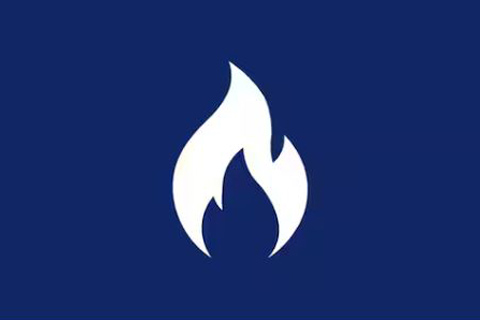
Flammability
Ammonia is a flammable gas that can be ignited between 14% by volume (lower explosion limit) and 32.5% by volume (upper explosion limit). Spontaneous ignition occurs at 630oC in the presence of sufficient oxygen.
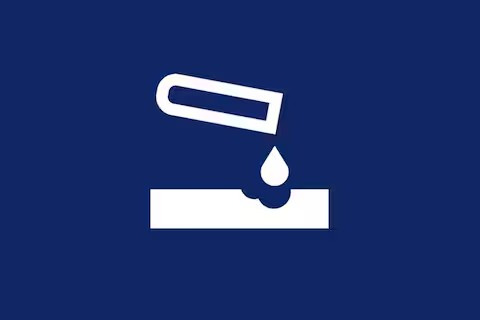
Corrosion
Ammonia is corrosive as it extracts water from its surroundings, creating alkalinity at the points of contact. This can cause skin and eye irritation, chemical burns and damage to the respiratory tract.
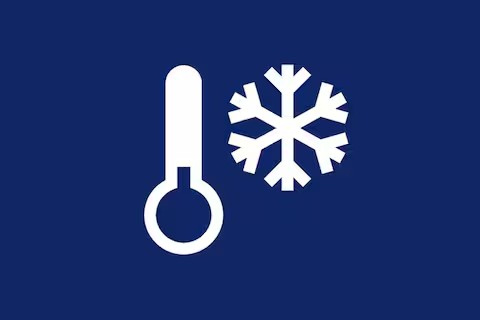
Frostbite
Liquid ammonia is often stored in a cold or cryogenic state. Therefore, when handling ammonia, leaks or cold surfaces can lead to frostbite or cold burns. Therefore, when selecting protective equipment, particular attention must be paid to the resistance of materials such as protective clothing.

Water Solubility
Ammonia is highly soluble in water, depending on temparature and partial pressure. Ammonia water poses a long-term danger to aquatic organisms and their environment. Therefore, leaking or spilling ammonia must be avoided at all costs, especially during maritime transport.
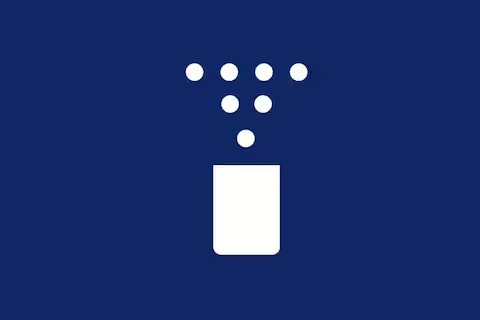
Propagation
Ammonia is lighter that air and rises typically. However, when used as a refrigerant, crygenic NH3 tends to sink when it escapes. Humid cinditions can also lead to the formation of ammonia vapour, which is heavier than air. The optimal location of gas detection equipment must be considered case-by-case.
Recommended Ship & Personal Safety Solutions
Get an overview of mobile and fixed gas detection solutions for methanol detection as well as personal protective equipment and Dräger Services.
Click the tabs below to find out more
Dräger Consultancy & Projects
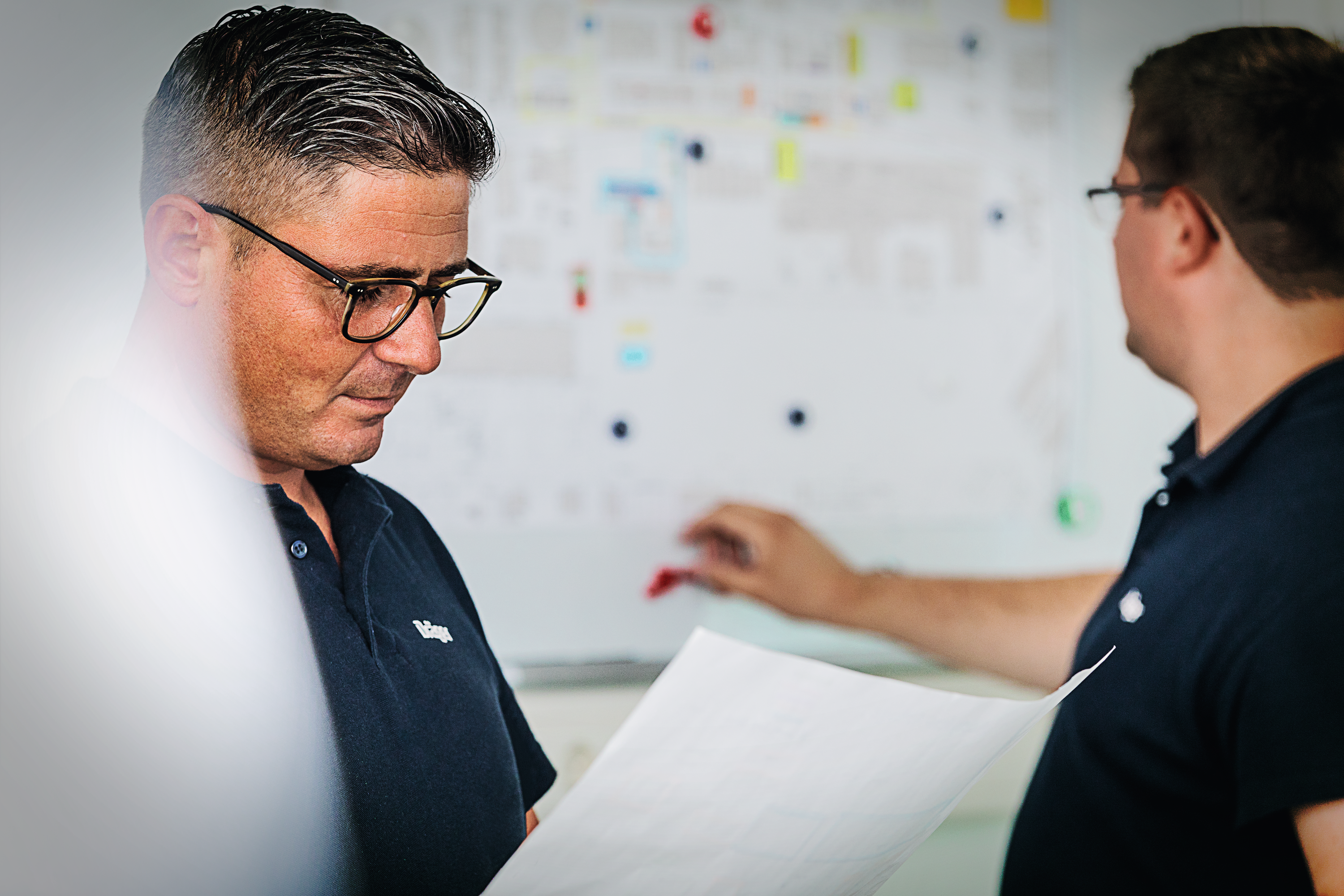
Consultancy for your Safety
Consultancy in handling hydrogen safety challenges is a matter for Dräger safety engineers. Experts review existing concepts to identify potential for improvement and establish sustainable safety. They provide conceptual support, assess your risks and define measures together with you.
Learn moreHazards found in different application areas for Ammonia
Handling the raw materials used in the production of Ammonia
Possible hazards: NH3, CO, H2
Processing and manufacture of Ammonia;
Haber–Bosch process, is an artificial Nitrogen fixation process. The process converts atmospheric Nitrogen to Ammonia by a reaction with Hydrogen using a metal catalyst under high temperatures and pressures
Possible hazards: NH3, H2, O2 deficiency, Fire, Explosion
Uses of Ammonia - Possible feedstock for Chemical and Pharmaceutical Industry, Hydrogen carrier, fuel for Power Generation, Industrial cleaning, Mobility
Possible hazards: NH3, H2, NO, CO, CO2, NO2, Fire etc
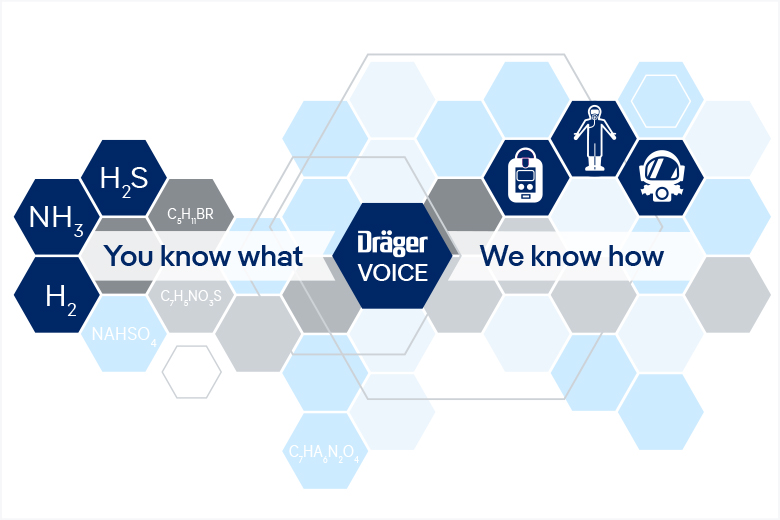
VOICE Hazardous Substances Database
Dräger VOICE is an essential tool for the safe handling of hazmats. One click and you’ll receive relevant information and specific recommendations of safety equipment for more than 1,500 hazardous substances in its database.
Ammonia: find out moreLink to VOICE databaseDownloads
Infographics
White papers
Brochure
Useful links
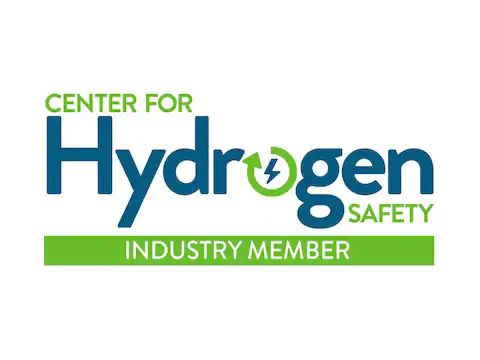
Our organization is a member of the Center for Hydrogen Safety, which is a global nonprofit resource that supports and promotes the safe handling and use of hydrogen across industrial and consumer applications in the energy transition. For more information visit the Center for Hydrogen Safety website.
We've looked externally for the latest useful research and findings into sustainable Clean Energy and its place in the future clean technology environment. Click the links in the next column to find out more.
